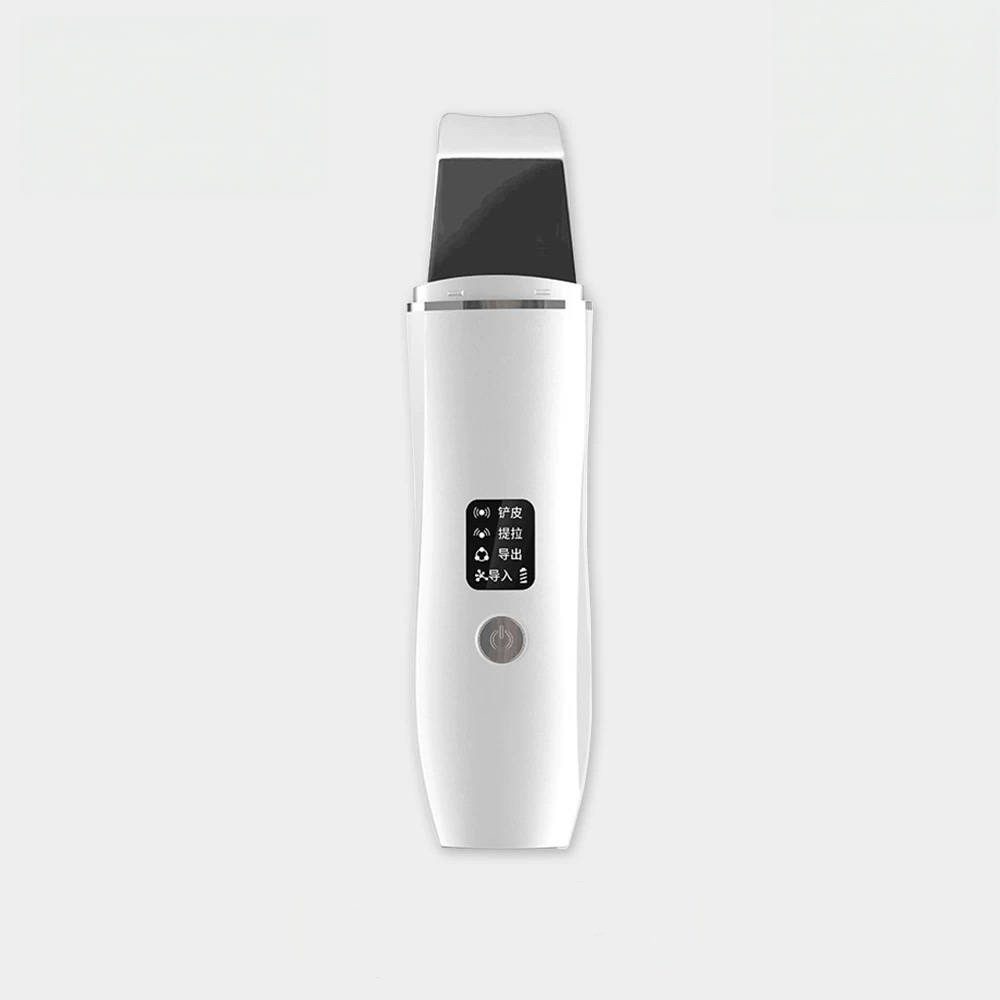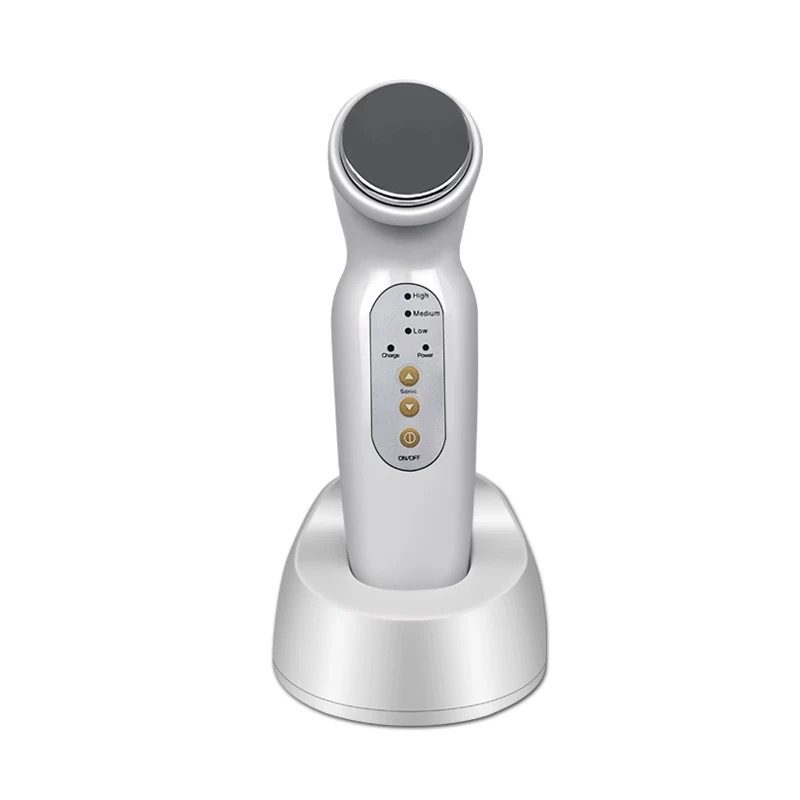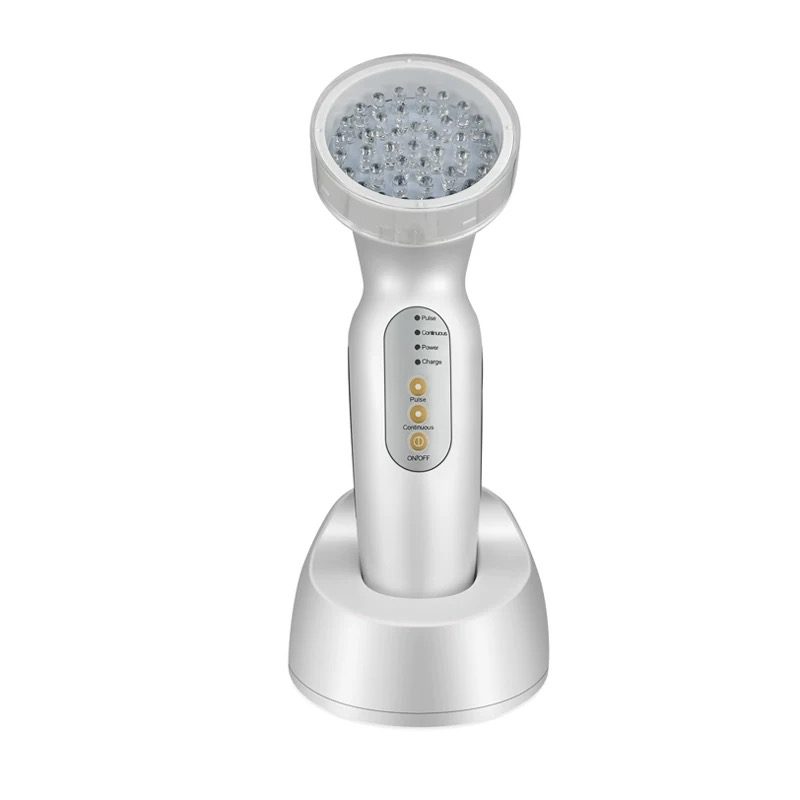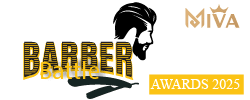GUIDELINE AND RULES & REGULATIONS
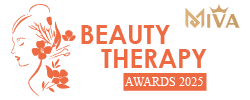
(B6P) Beauty Therapy Hydrating Glow Facial Treatment (Video Submission)
- Competition Objective
The competition evaluates participants’ professional skills in delivering effective hydration treatments through a 2-minute video presentation. The focus is on proficiency in facial cleansing, hydration, mask application, and moisture-locking care, emphasizing smooth operations and immediate results.
- Scoring Criteria
- Cleansing Effectiveness: Thorough cleansing of the model’s face, even application of products, proper techniques, and no residue.
- Hydration Technique: Gentle and fluid application of hydrating serums, professional massage skills, and noticeable absorption effects.
- Mask Application: Even application and thorough removal of the mask, adherence to proper procedures.
- Overall Effectiveness: Visible improvement in skin hydration and glow after the treatment.
- Video Presentation: Clarity and flow of video content, accurate bilingual subtitles, professional display, and clean, distraction-free background.
- Competition Rules
(1) Video Requirements
- Duration: The video must be between 1 minute 50 seconds and 2 minutes. Entries exceeding or falling short of this range will be disqualified.
- Format: Videos must be recorded in landscape orientation with a resolution of 1080p for optimal clarity.
- Subtitles: Bilingual subtitles in Chinese and English must be provided, indicating treatment steps, products used, and corresponding timestamps (e.g., “Cleansing starts”).
- Prohibited Actions:
- The use of devices or instruments is prohibited; all operations must rely on manual techniques.
- Excessive filters or editing that conceals actual results are not allowed.
- The video must not include the participant’s name, brand logos, or any identifiers that compromise anonymous judging.
- Suggested Time Allocation:
- Cleansing (20 seconds): Use a cleanser to cleanse the face, highlighting smooth techniques and thorough cleaning.
- Hydration (30 seconds): Apply a hydrating serum with gentle massage techniques, showcasing even application and absorption promotion.
- Mask (40 seconds): Apply a cream mask, allow it to set briefly, and then remove it, emphasizing even coverage and clean removal.
- Moisture-Locking Care (20 seconds): Apply a moisturizer or cream with massage to lock in hydration and enhance skin glow.
- Summary Display (10 seconds): Show a comparison of the model’s skin before and after the treatment, emphasizing hydration and glow.
(2) Video Content
- Complete Treatment Steps: The video must clearly showcase all steps, including cleansing, hydration, mask application, and moisture-locking care.
- Core Elements:
- All key steps must be displayed clearly, including product application techniques, treatment skills, and visible changes in skin condition.
- Highlight the hydration phase and minimize unnecessary transitions to ensure valuable content in every second.
- Maintain a stable camera, clear visuals, and a clean, organized background.
- Model Close-Ups: Include before-and-after close-ups of the model’s skin to highlight hydration and glow improvements.
- Model Requirements
(1) Model Conditions
Participants must bring their own models. Models must be female with healthy skin and no severe sensitivity or allergic reactions.
- Models must appear bare-faced without heavy makeup, concealers, or coverage products to ensure the treatment results are visible to judges.
(2) Model Cooperation
- Models must remain cooperative throughout the video, maintaining a natural, relaxed posture and expression to facilitate smooth operations.
- Video Submission Process
(1) Submission Requirements
- Deadline: All videos must be submitted by May 25, 2025.
- Email Address: Send videos to [email protected].
- Format: Videos must be in MP4 format with a file size not exceeding 200MB. File naming format: “Participant Name_Hydrating Glow Treatment”.
- Confirmation: Organizers will send a confirmation email upon receiving the video. If no confirmation is received, participants must promptly contact the designated person.
